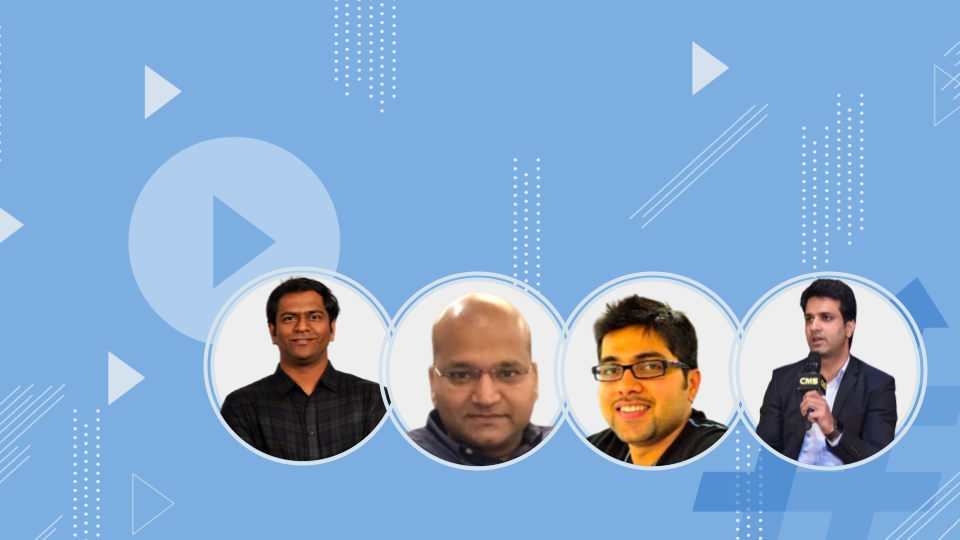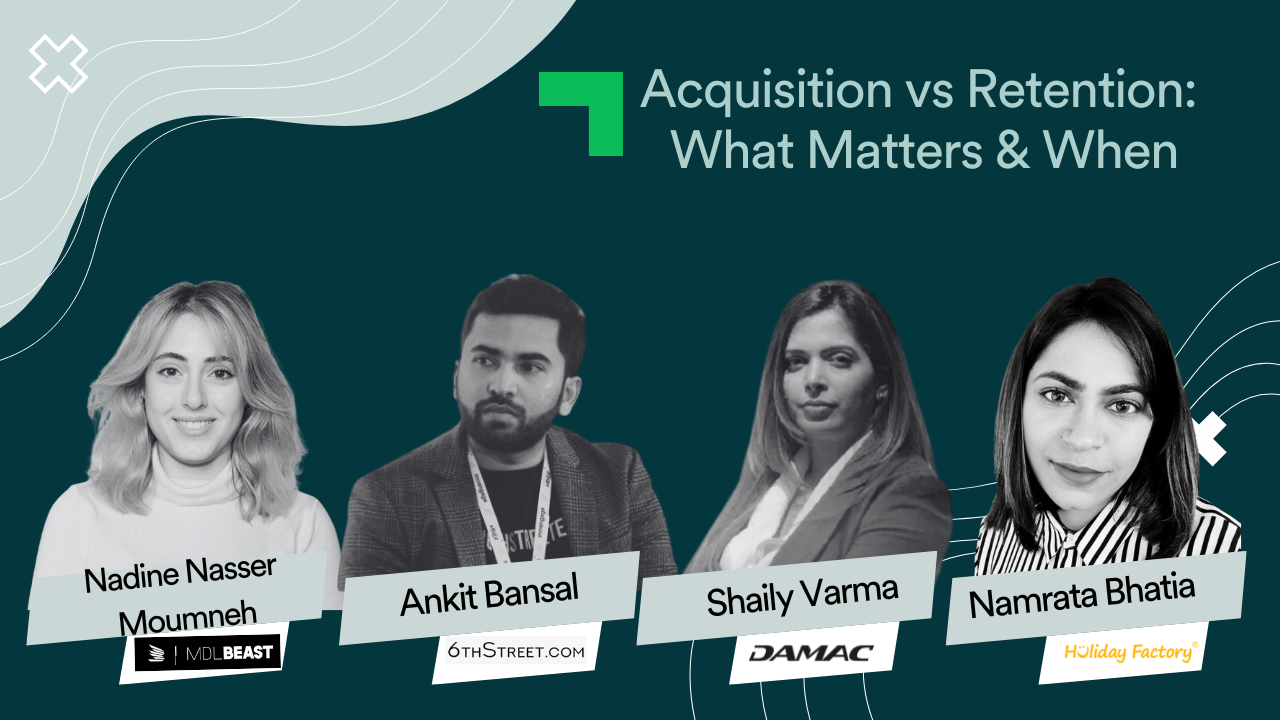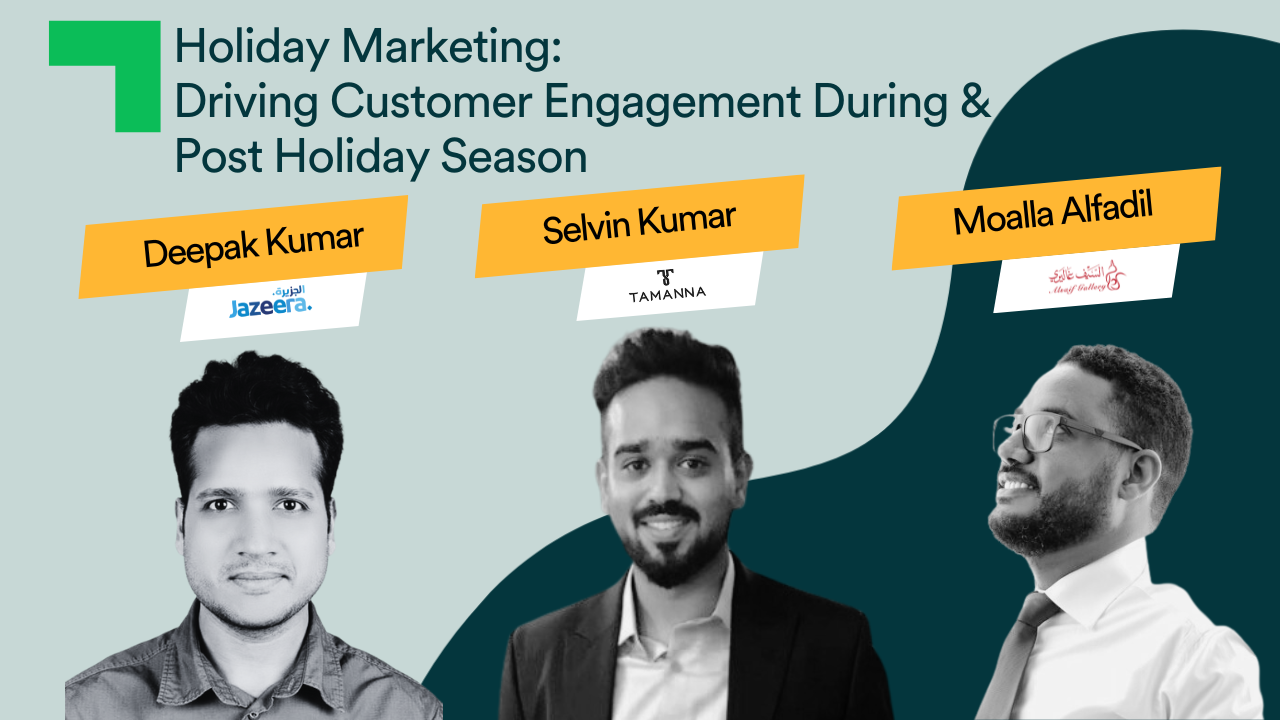Francesca Silvestre Cruz – Okay, now the next for surviving shoppers. So again, they’ve been badly hit by the pandemic, maybe lost their job or maybe now just a single income household. I know a few personally and really they’ve reduced, again, they’ve reduced spending, reduced also their consumption for most supermarket product categories, especially savory snacks, instant noodles, and liquid milk.
Only breads make it, yeah, only breads there at the top left, uh, actually maintain, but in terms of spending, but the client volume, like all the rest. So how can brands help them maintain or even grow consumption? So I worked as a consultant before with McCormick Philippines, and, you know, McCormick, they sell spices and small glass bottles, right?
But those are quite expensive. So when they were seeing that, you know, consumption was going down and their prices were going up, they decided to sell these spices in packets or sas, but in multi-packs so that, you know, it was their way of helping the budget constraint shoppers to still afford buying their product, so maybe can explore more bite sized and affordable offerings for your business.
And what Davi can do to help brands and businesses also is do deep dives on specific product categories or consumption patterns. So for example, this is a case study for savory snacks, and if you purchase such data, you’re a savory snacks brand. Maybe you should look at what brand G is doing because Brand G, clearly, unlike the market trend, is growing in revenue, double digit, it’s stable quantity versus the rest that are declining really fast.
And then average spend is also increasing double digit and therefore, maybe like if you get access to such data for your category, learn from them and like look at what products they have, what flavors they have, and offer the same thing or something even better to win against, uh, to win amongst this shoppers first.
So next I’m going to talk about our core business which is actually customer lifecycle precision marketing and here we actually allow brands to do more effective marketing, and when we say more effective marketing, it’s because you can hyper target shoppers based on what they’re buying and offer and even customize your pro promotions and communications to make sure that you drive up conversions. So traditionally, like whenever we do promotions and for people here who are in supermarkets or in retail, we would have uniform mechanics open to all say when you put a discount or a bundle on the shelf, right?
And you target all of the shoppers who pass your category aisle. Now what precision marketing does is we actually enable brands to do objectives driven brand promo customized for different shopper segments and this enables more effective and efficient marketing. So to like give you a better case study for example, if you’re a Coca-Cola and you wish to run a precision marketing campaign with us, what we can help you do is actually segment all of our member shoppers.
So for your current brand buyers, your objective is to upsell. So maybe knowing each shopper’s average spend, you can, we actually introduce like 20% higher minimum spend to unlock an incentive or a promo for lapses or an infrequent buyers, you can actually reactivate them, like look at what they bought in the past.
Give an offer and talk about the benefits of that product to get them back into your brand. And then if you want to target competitor buyers then to make them switch or add coke to their basket, then maybe you can also communicate why you are better and offer a discount because it’s a business that you don’t have anyway, right?
So just get them into your brand if you believe in your product then go and promote it and then lastly, we can also target non-buyers of say, carbonated objects, but they buy associated categories like chips, so perfect with Coke or Jack Daniels for Jack Coke, right? And get them to add Coke to their basket.
So here we actually use AI. For market basket analysis to understand what are these associated categories that actually, um, have the same lift and association with the brand. And then again, we do one-to-one communications. So we reach our members through Viber with SMS fallback if they don’t have viber.
So Viber was discussed earlier. Our open rate is I think at 10 to 20%. So quite high for viber, unlike sms that can’t be measured. So we also do emails, but mostly we use viber and then we have a Go Rewards app. So again, please download the Go Rewards app when you shop in the marketplace. Shop Wise Robinson Supermarket, once you.
Are able to make transactions and we get that data. We give you very personalized offers and you can view this in your app. So turn it. So we learn that our members, upon arriving at the store, turn on their app. They look at the just for you section, for all the targeted offers to them.
So with precision marketing, we actually help brands and businesses sustain customer life cycles and grow customer lifetime value. So we again, So just a simple case study. So we segment existing brand buyers versus non-brand buyers, and then we can look at this different spend tiers or spend bands of current buyers and pack sizes that they buy, purchase frequency.
So we do like analytics even before running a campaign and then the goal when we target existing brand buyers to make sure that we grow the business of our partners incrementally, is to upsell them. So keep up selling them and then at the same time, we do target non-brand buyers to really grow the base of our brands, of our partners’ users.
Right? And we target labs, competitors are high propensity non buyers and once they’re on board, they slide now into the existing brand buyers, cycles or campaigns. So, we track this like how much your, what your current customer lifetime value is and then how we are helping you grow it over and customer life cycle precision marketing delivers real business impact. So we’re seeing revenue growth of up to 40 to 65%, 40% versus the same period last year, 65% versus pre-cycle. Our conversion rates before I joined Davi were only at 2.1% and average for all 2022 campaigns because of our constant IT and optimization is now up to 6.3%.
And in terms of penetration or number of buyers relative to the total member base, like our campaigns have been able to grow. Penetration by 1.2% for a brand and this is if you’re in, um, FMCG and you purchase like consumer panel data, you know how hard it is to move penetration. So again precision marketing works.
We also now purchase propensity models. We’ve been piloting this with our bank partners, so Union Bank for financial products and for FMCGs. So using machine learning and big data, you can discover the attributes of high potential users that brands can use to effectively recruit users and then even understand their path to purchase which I’ll talk about in the next slide.




